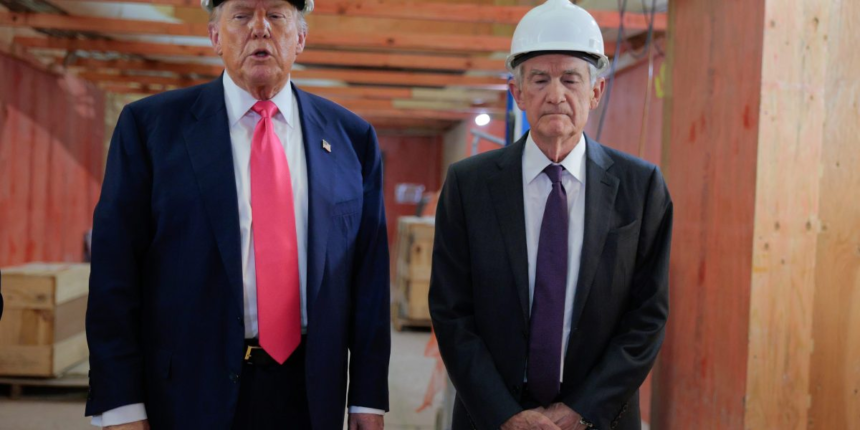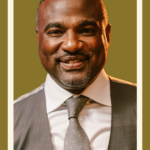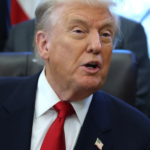The Federal Reserve maintained rates on Wednesday, holding up against the pressure of President Donald Trump and his recently escalated rhetoric.
Wednesday’s decision included two dissenting votes from the majority, Fed governors Michelle
Bowman and Christopher Waller. It is the first time in more than 30 years that two governors have dissented in a single meeting.
In Fed Chairman Jerome Powell’s prepared remarks Wednesday, he said the federal funds rate was “moderately restrictive,” and said the Fed needs more data on the effects of tariffs before moving to a more neutral rate
“When they see the unemployment rate remaining low, when GDP has bounced back to a positive, when they don’t see any imminent problems, then they’re really reluctant to start cutting, or even say that they’re going to be cutting, because it’s much harder to unring that bell once they say it and markets are sort of off to the races,” Tilley told Fortune.
At the same time, the most recent GDP number shows weakness when stripped down to the core components of consumer spending and business investment, Van Hesser, chief strategist at the Kroll Bond Rating Agency, told Fortune. Core inflation, which excludes volatile food and energy prices, also increased to 2.9% in June, up from 2.8% the prior month.
Powell said Wednesday that the Fed is committed to making sure the recent inflation uptick becomes permanent.
“A reasonable base case is that these are one time price effects. Of course, in the end, there will not be, this, will not turn out to be inflation, because we’ll make sure that it’s not. We will, through our tools, make sure that this does not move from being a one time price increase to serious inflation,” he said.
While concerns about unemployment have been at the forefront for the Fed in recent months, potential signs of lagging growth are bringing more equilibrium than before to the Fed’s dual mandate, said Hesser.
Trump’s tariff policies are likely to weigh on consumers and businesses in the second half of the year, and the Fed is likely waiting for more data to assess these effects. Still, Hesser said despite Wednesday’s rate cuts, he believes the Fed will cut rates later in the year, possibly at its last meeting of the year in December.
“I would expect to hear some commentary today acknowledging that the risks of inflation and the risks of to the labor market, which is really growth, are coming into better balance, and so it kind of sets up for what we’ve expected, which is, fourth quarter rate cuts—two cuts of 50 basis points,” he said.
During Powell’s press conference Wednesday, the Fed Chairman downplayed the recent deals struck by the Trump administration with its trading partners.
“We are learning more and more. It doesn’t feel like we’re very close to the end of that process. And that’s that’s not for us to judge, but it does it feels like there’s much more to come,” he said.
Powell said Wednesday the President’s visit to the Fed last week was “very constructive” despite Trump’s scaled up rhetoric.
“I was quite pleased to have the President say multiple times that what he really wanted to see was was us getting this construction completed as soon as possible. That is our focus,” he said.









